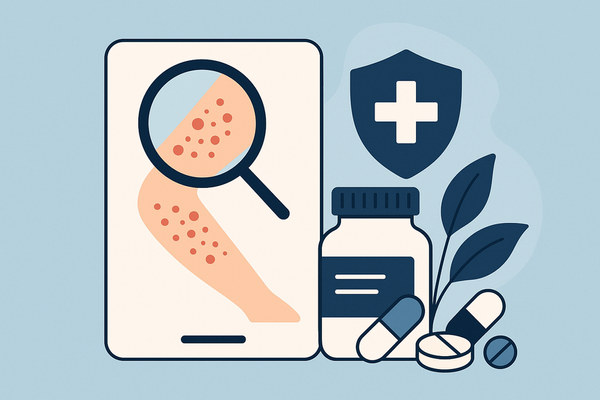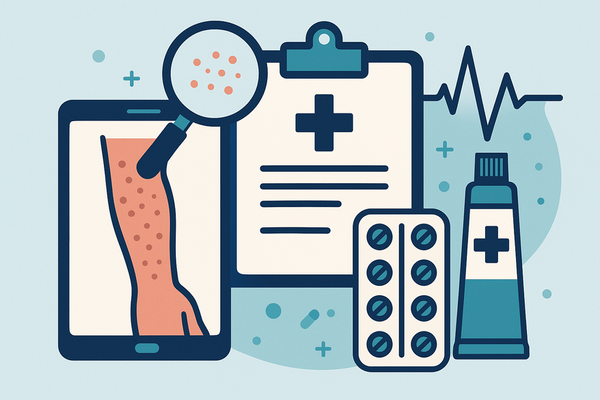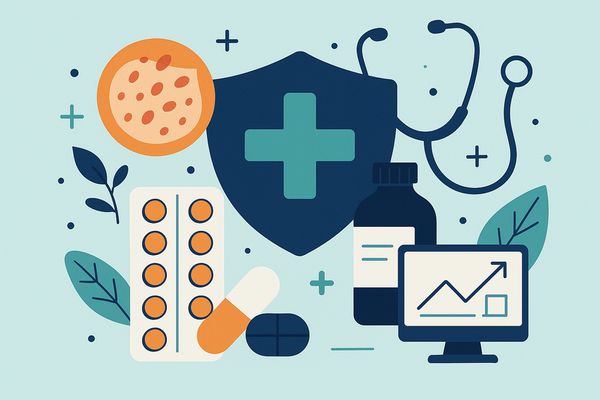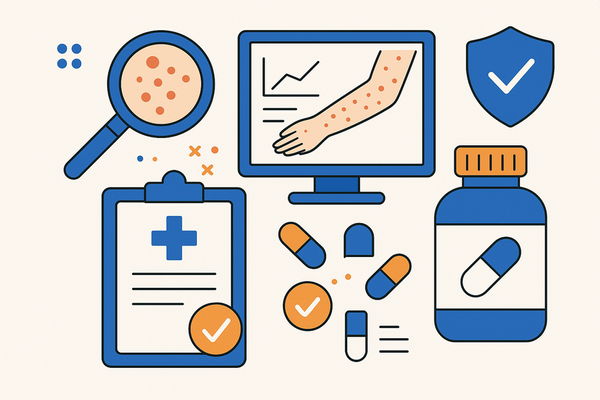Stress Related Rash Triggers: How Stress and Sleep Impact Your Skin Health
Discover how stress related rash triggers like hives and eczema flare-ups are affected by stress and sleep. Learn practical tips to manage skin health.
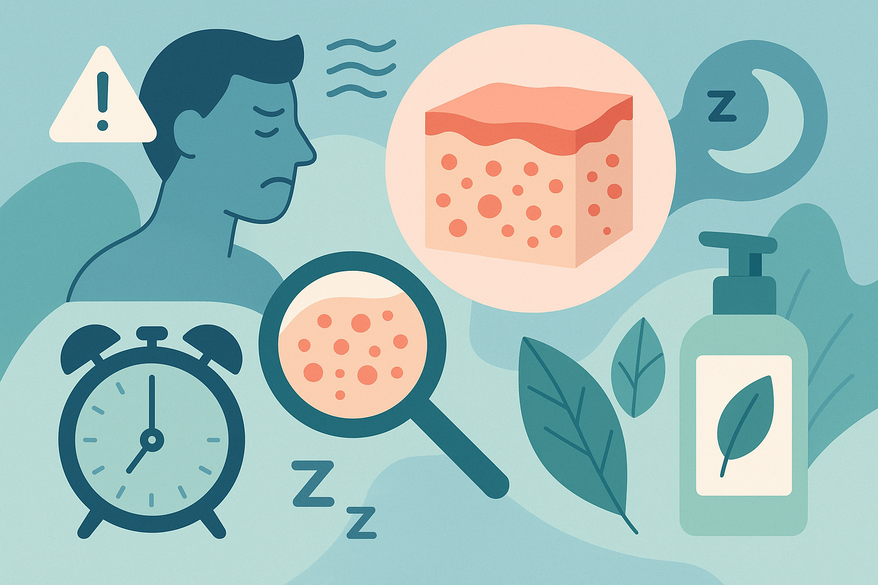
Estimated reading time: 7 minutes
Key Takeaways
- Stress and rashes: Chronic stress elevates cortisol, fueling inflammation and histamine release.
- Sleep matters: Quality rest boosts skin repair; deprivation weakens the barrier and worsens flare-ups.
- Feedback loop: Stress disrupts sleep, poor sleep keeps cortisol high, and skin issues feed stress again.
- Track and manage: A stress-rash diary and mindfulness break the cycle.
- Preventative care: Gentle skincare, hydration, balanced diet and stress techniques build resilience.
Table of Contents
- Introduction
- Understanding Stress and Its Effects on the Skin
- The Role of Sleep in Skin Health
- Interplay Between Stress, Sleep, and Rash Triggers
- Recognizing and Managing Stress Related Rash Triggers
- Practical Advice and Preventative Measures
- Conclusion
Introduction
Stress related rash triggers are skin reactions—such as hives or eczema flare-ups—provoked or worsened by emotional or physical stress. When we’re under pressure, our bodies release stress hormones that can inflame skin cells and alter immune responses. In this post, we’ll explore how stress and sleep quality influence skin health, identify common triggers, and share expert tips to manage and prevent flare-ups.
Understanding Stress and Its Effects on the Skin
Stress is the body’s natural response to challenges. When you feel overwhelmed, the hypothalamus activates the HPA axis, releasing cortisol and adrenaline. Cortisol:
- Boosts pro-inflammatory cytokines, increasing redness and swelling.
- Triggers histamine release, leading to itchiness.
- Disrupts the skin’s barrier, making it more prone to irritation.
Common stress-related rash triggers include:
- Hives (urticaria): Raised, itchy red welts that appear suddenly.
- Eczema: Red, itchy patches that inflame and peel under stress.
- Psoriasis & rosacea: Chronic conditions often flaring with emotional strain.
"I once saw a colleague break out in hives just before a big presentation. The welts disappeared within hours after a calming breathing exercise and an antihistamine."
Sources: Health.com, Allina Health, Scripps Research, Medical News Today.
The Role of Sleep in Skin Health
Good sleep hygiene establishes habits that foster restorative rest:
- Maintain a regular sleep schedule—even on weekends.
- Keep your bedroom dark and cool (around 65°F).
- Limit screen time at least an hour before bed.
- Use blackout curtains or a sleep mask.
During deep sleep, skin regeneration peaks:
- Damaged cells repair and renew.
- Collagen production strengthens the barrier.
- Balanced hormone release regulates inflammation and oil production.
When sleep is cut short:
- Cortisol remains elevated, fueling inflammation and itchiness.
- The skin barrier weakens, inviting irritants.
- Collagen formation slows, leaving skin dull or dry.
"A friend pulled an all-nighter for exams and woke with a red, inflamed patch on her arm. It cleared only after two nights of quality sleep and hydration."
Source: Allina Health.
Interplay Between Stress, Sleep, and Rash Triggers
Stress, sleep, and skin health create a self-reinforcing loop:
- Chronic stress keeps cortisol elevated.
- High cortisol disrupts sleep and reduces deep rest.
- Poor sleep perpetuates elevated cortisol and weakens immunity.
- The skin barrier falters, leading to new rashes.
- Flare-ups raise stress levels, restarting the cycle.
Authoritative research confirms that chronic stress and sleep deprivation amplify dermatological symptoms.
References: Scripps Research, Health.com, Allina Health.
Recognizing and Managing Stress Related Rash Triggers
Track your triggers: Keep a stress-rash diary—note dates, stressful events, sleep hours, diet, and skin reactions. Over time, patterns will emerge.
Stress management techniques:
- Mindfulness & meditation: 5–10 minutes of guided breathing daily.
- Regular exercise: Aim for 30 minutes of moderate activity most days.
- Sleep hygiene: Consistent bedtime and wake time; avoid screens before bed.
Lifestyle changes for dual benefits:
- Balanced diet rich in antioxidants: fruits, vegetables, nuts, and seeds.
- Adequate hydration: At least 8 glasses of water per day.
- Limit caffeine and alcohol: Both disrupt sleep and dehydrate skin.
For a quick, image-based assessment of flare-ups, try Rash Detector, an AI skin-analysis app providing instant reports.
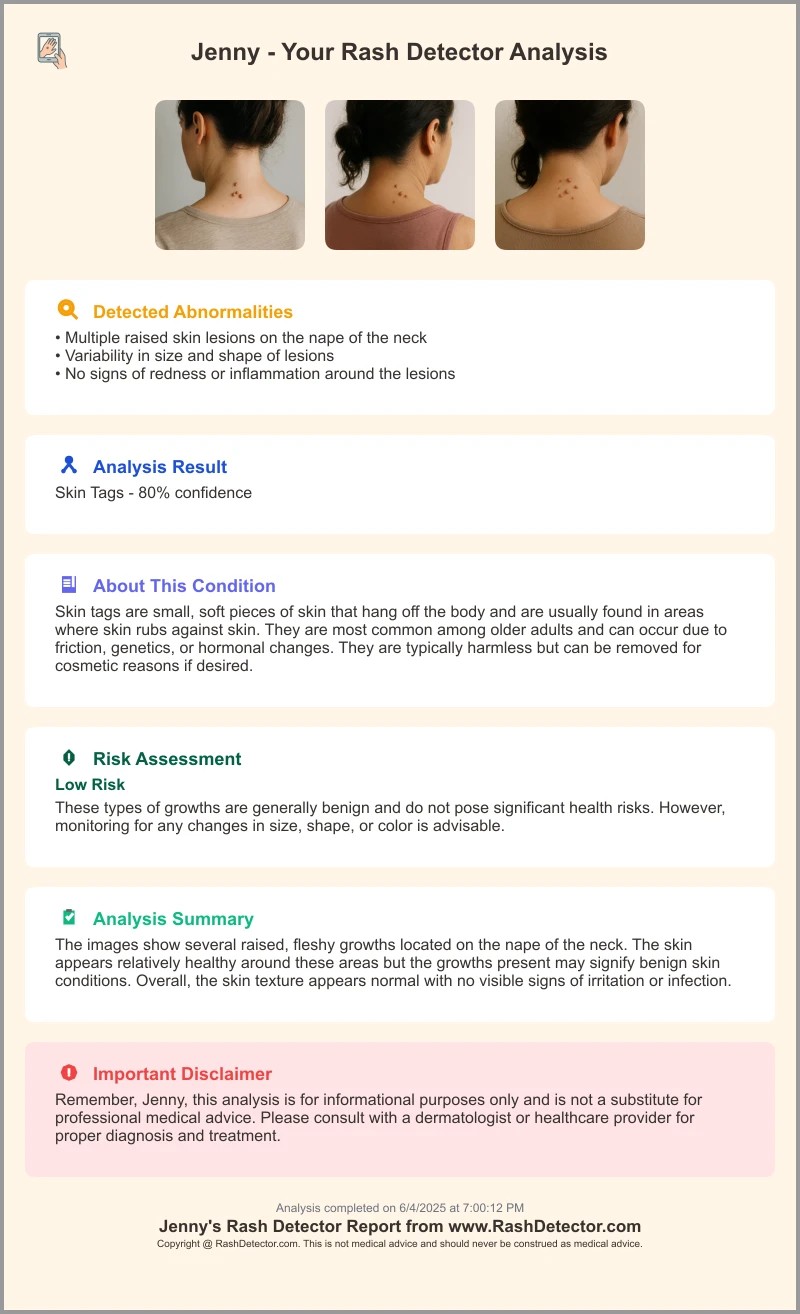
Practical Advice and Preventative Measures
Preventative skincare routine:
- Cleanse gently with fragrance-free, sulfate-free formulas.
- Moisturize twice daily with ceramide-rich or hyaluronic acid creams.
- Apply sunscreen (SPF 30+) every morning.
Avoid known allergens and irritants: Steer clear of harsh soaps, synthetic fragrances, and alcohol-based products. Always patch-test new items on a small area.
Medical treatments when rashes appear:
- Oral antihistamines for hives to block histamine and relieve itching.
- Topical corticosteroids for eczema to reduce inflammation.
- Cold compresses: Apply a cool cloth for 10–15 minutes.
Natural remedies for mild symptoms:
- Oatmeal baths: Colloidal oatmeal soothes irritation and restores moisture.
- Aloe vera gel: Pure gel calms inflamed skin and aids repair.
Sources: Health.com, Medical News Today.
Conclusion
Stress related rash triggers emerge when chronic stress and poor sleep disrupt hormonal balance and compromise the skin’s barrier. By recognizing your personal triggers, improving sleep hygiene, and adopting stress-management strategies, you can break the stress-sleep-rash cycle. Consistent self-care—balanced nutrition, gentle skincare, and mindfulness—forms the foundation for long-term skin wellness.
FAQ
- What causes a stress-related rash?
Elevated cortisol and histamine release under stress inflame skin cells, leading to hives, eczema, or psoriasis flare-ups.
- How does sleep affect skin rashes?
During deep sleep, damaged skin cells repair and collagen production peaks. Sleep deprivation keeps cortisol high, weakens the barrier, and slows healing.
- What are quick steps to manage a flare-up?
Apply a cold compress, take an oral antihistamine if needed, practice calming breathing exercises, and ensure a restful night’s sleep.


